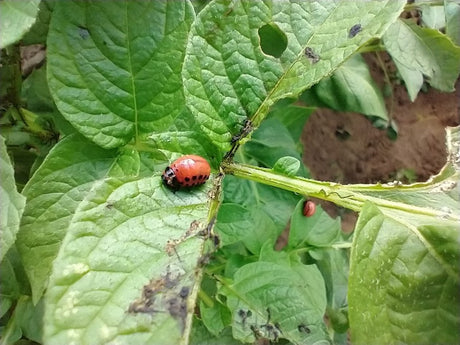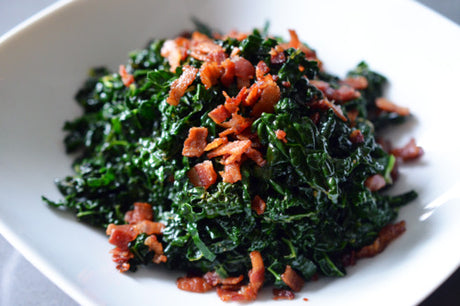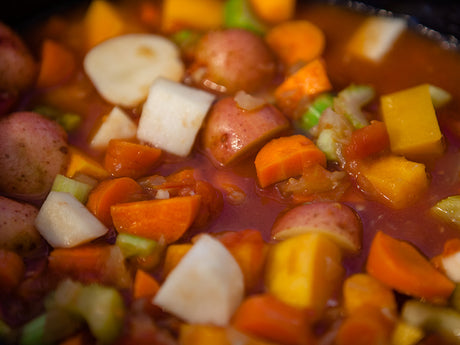Table of Contents:
They are truly the pride of the Low Countries. You can prepare them in so many delicious ways. Delicious asparagus is a real treat, with its refined flavor and quality. And once you've acquired a taste, you look forward to it every year until it finally arrives. At home, we love to eat it in a clarified butter sauce with a hard-boiled egg, fresh parsley, potatoes, and fresh North Sea shrimp. White asparagus is called "white gold" for a reason, because of its exclusivity and value. A glass of fresh, crisp, aromatic wine (Sauvignon Blanc, Torrontes, dry Muscat, etc.) and my day—or rather, my whole week—couldn't be better. I absolutely adore asparagus; I have a beautiful vegetable garden, but I still buy my asparagus from the store. High time to do something about that and finally grow my own.

Asparagus is simply a delicious and versatile vegetable that you can easily grow in your own vegetable garden. The easiest way to grow asparagus is with asparagus plants , also called asparagus claws. These are small rhizomes grown at a nursery. You plant these asparagus claws in your garden, and your own asparagus will grow from them. The great thing is that asparagus claws can last 15 to 20 years, so it's truly an investment to enjoy your home-grown asparagus for years to come.
There's a big difference between growing green and white asparagus, which I'll explain in a moment. I'll teach you step by step how to plant asparagus claws in your own vegetable garden.
White, green or purple asparagus, which one will you choose?

Did you know that asparagus comes in different varieties and therefore also in different colors? Each with its own delicious qualities. Choosing the right variety is important, because some varieties are better suited for white asparagus, while others are better suited for green or purple asparagus. There are white, green, and even purple asparagus . Green and purple asparagus are grown the same way, only the color differs. However, white asparagus is grown slightly differently. Some asparagus varieties are also very suitable as dual-purpose varieties, ideal for those with smaller vegetable gardens. These asparagus plants produce both white and green asparagus. The term "dual-purpose variety" occasionally raises questions. For example, we've been asked, "Does the plant occasionally produce green asparagus and occasionally white asparagus?" or "Do they grow alternately white and green?" That's certainly not the case. With dual-purpose varieties, you control the color of your asparagus! To give you a little more insight, I'll first explain why asparagus is actually white.
Nowadays, more and more new varieties are being developed that respond to the wishes of growers and are suitable for different cultivation methods.
Growing white asparagus
Let me start by explaining why asparagus is actually white. That's because it grows underground. Anyone who drives through Brabant or Limburg during asparagus season has probably seen them: large fields with narrow mounds covered in black plastic—the asparagus fields. These mounds aren't there by chance. They ensure that the asparagus stays beautifully white. Asparagus becomes white because it's completely covered with soil while growing, preventing it from being exposed to sunlight. Because the asparagus never comes into contact with sunlight, it stays white. Under the influence of sunlight, plants produce chlorophyll. As long as the asparagus grows in the sandy mounds, it stays beautifully white. This white asparagus is also called "white gold" because of its exclusivity, high quality, and unique cultivation method. Asparagus foil ensures that the asparagus tips remain white as soon as they emerge above ground. This allows asparagus pickers to see where an asparagus is ready by looking for bumps in the foil. Furthermore, the black color of the foil ensures that the soil warms up a bit faster, allowing asparagus to be harvested earlier in the season.










